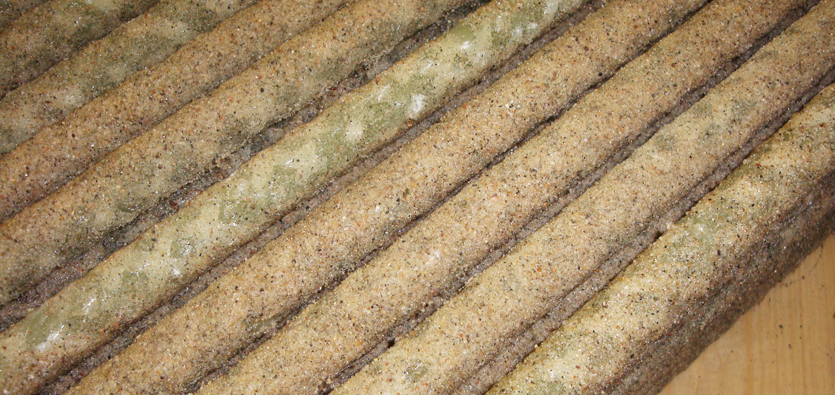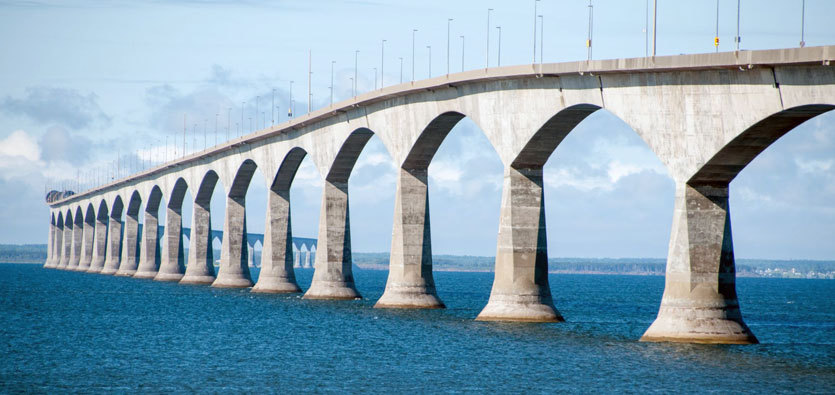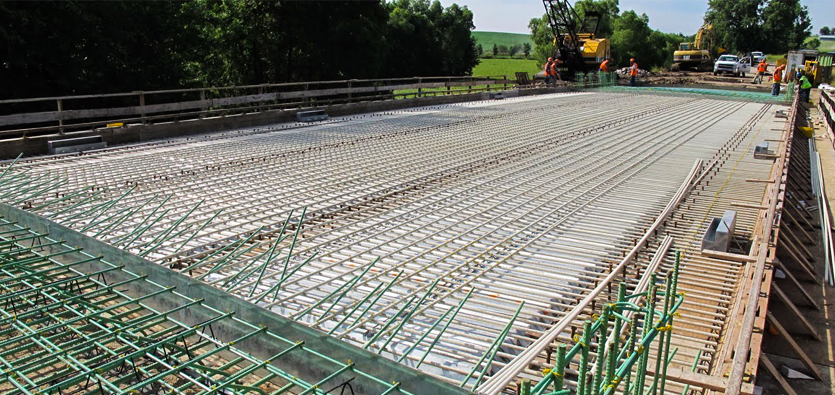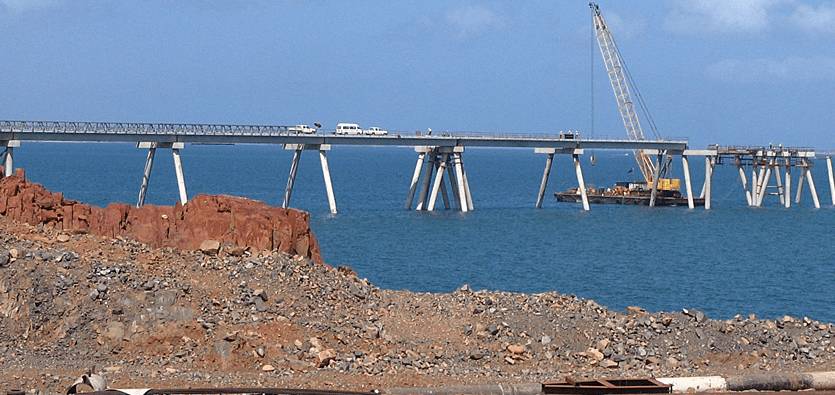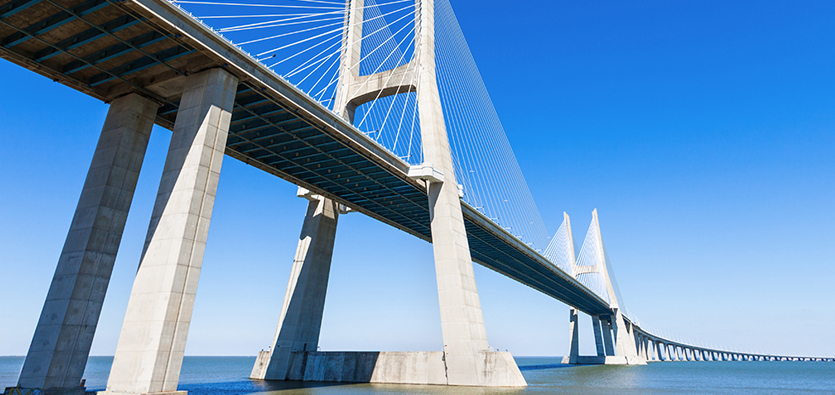
The highway infrastructure in Canada and the United States has been deteriorating at a rapid pace for many years. The ongoing deterioration is a result of heavy loads, harsh environmental conditions, poor maintenance practices, and the corrosion of steel reinforcement.
Traditional concrete reinforcement which includes bare and epoxy coating steel rebar corrode in the face of tough conditions. Increasing traffic volume, low construction budgets, and the inability of traditional materials to meet public demands are also factors that contribute to deterioration of highway infrastructure.
Public need for safety, durability and rapid construction
Traditional materials have failed to meet the growing public demands for durable, safe and low-maintenance bridges and roads. Lightweight, long-lasting structural components, and well constructed facilities are essential to achieve economic development.
How GFRP composite materials can help build and strengthen highway infrastructure
Advanced composite materials such as GFRP rebar has been developed to address the shortcomings of traditional materials. Corrosion, lengthy construction process, and heavy maintenance are the major drawbacks of steel and other outdated construction materials. GFRP concrete reinforcement, on the other hand, is designed to help the construction industry build corrosion-free, long-lasting, and low maintenance concrete infrastructure.
GFRP composites offer high strength-to-weight ratio, excellent fatigue resistance, and additional protection against highway weather environments. While these innovative construction solutions can reduce the overall life-cycle costs, it’s now possible to accelerate the repair and construction processes with composites. As a builder, you can use GFRP construction materials to build cost-efficient structures with a lifespan of over 100 years.
Advanced composites can be tailored with the desired structural properties and geometry. Careful selection of resins, fibers, and additives can help you achieve properties that suit your unique construction requirements. Moreover, GFRP fiberglass rebar can be used for a number of highway applications.
Importance of sustainability
Needless to mention that sustainability is critical to human development, growth of a society, and well-being of our planet. Concrete is perhaps the most widely used construction material in North America and across the world. Developing and implementing materials like GFRP can help us build a better future for upcoming generations.
For future highway construction, it’s necessary to adopt sustainable and eco-friendly materials to ensure that the environmental impact of concrete is minimal. Concrete should be produced with little waste and must be made from some of the most plentiful resources on earth. On top of that, they should be reinforced with environment-friendly materials like GFRP fiberglass rebar.
About us
TUF-BAR is one of the most trusted manufacturers and sellers of GFRP rebar and other composite products in North America. Our objective is to produce environment-friendly construction products that can achieve a service life of over 100 years with minimal maintenance. Check out our innovative GFRP products designed for highway applications or contact us for more details!

